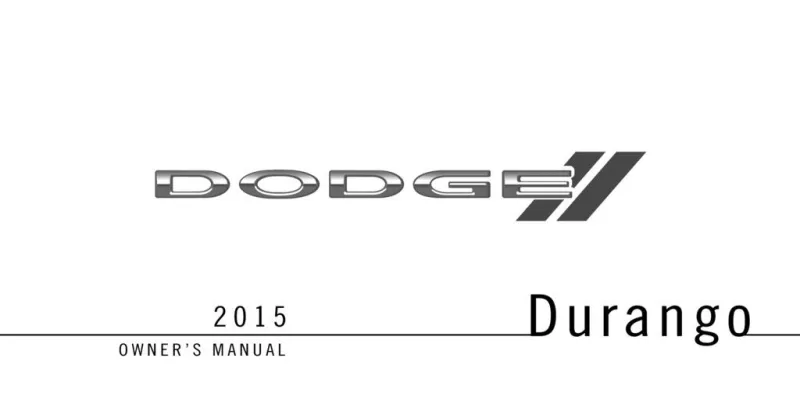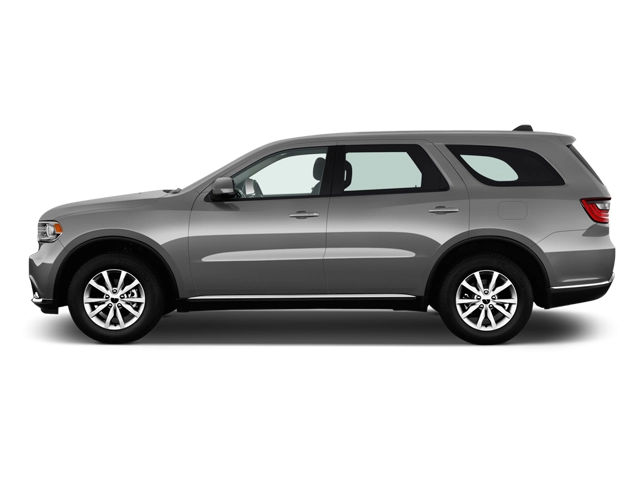2015 Dodge Durango Owner's Manual

Table of Contents
2015 Dodge Durango Overview
Introduction
The 2015 Dodge Durango stands out in the SUV market with its commanding presence, robust capabilities, and versatile interior. This mid-size SUV promises a perfect blend of performance and comfort, making it an ideal choice for families and adventurers alike. With a spacious three-row seating configuration, the Durango is designed to accommodate up to seven passengers, all while balancing style and practicality.
Powertrains
The 2015 Durango offers two impressive powertrain options to cater to diverse performance needs. The standard 3.6-liter Pentastar V6 engine produces 290 horsepower and 260 lb-ft of torque, delivering a smooth yet spirited drive. For those seeking more power, the available 5.7-liter HEMI V8 engine ramps up performance with 360 horsepower and 390 lb-ft of torque, ensuring robust towing capacity and a thrilling ride. Both engines are paired with an 8-speed automatic transmission, providing seamless gear shifts and enhanced fuel efficiency.
Trims
The Durango comes in several well-equipped trims: the base SXT, the stylish Limited, the sporty R/T, and the luxurious Citadel. Each trim level offers a variety of features and options tailored to meet the unique preferences of every driver. From premium interior materials to advanced infotainment systems, the Durango raises the bar for modern SUVs.
Features
Inside the Durango, a wealth of features awaits. Standard amenities include a touchscreen infotainment system, Bluetooth connectivity, and a rearview camera. Higher trims offer advanced features such as a premium audio system, navigation, and a rear-seat entertainment system. Additionally, safety is a priority with available blind-spot monitoring, adaptive cruise control, and advanced airbag systems, ensuring peace of mind for every journey.
Owner's Manual
The 2015 Dodge Durango owner's manual serves as a comprehensive guide designed to help owners maximize their experience with this exceptional SUV. It covers everything from routine maintenance and troubleshooting to detailed explanations of advanced features and safety systems. Owners are encouraged to reference the manual for optimal care and operation tips to keep their Durango running efficiently for years to come.
User manual download
The Dodge Durango owner manual for the 2015 model year is to be found in PDF downloadable format on this page. The owner manual for the model year 2015 is free and in English, but the repair manuals are usually not easy to get and may cost more.
Manual Questions
Fill the form below and someone will help you!

